 |

|
|
|
|
|
 |
|
 |
|
|

|
 |
 |
| 1
Dream Works Hobby |
 |
| 2
Dream Works Hobby |
 |
| 3
Dream Works Hobby |
 |
| 4
Dream Works Hobby |
 |
| 5
Dream Works Hobby |
 |
| 6
Dream Works Hobby |
 |
| 7
Dream Works Hobby |
 |
| 8
Dream Works Hobby |
 |
| 9
Dream Works Hobby |
 |
| 10
Dream Works Hobby |
 |
| 11
Dream Works Hobby |
 |
| 12
Dream Works Hobby |
 |
| 13
Dream Works Hobby |
 |
| 14
Dream Works Hobby |
 |
| 15
Dream Works Hobby |
 |
| 16
Dream Works Hobby |
 |
| 17
Dream Works Hobby |
 |
| 18
Dream Works Hobby |
 |
| 19
Dream Works Hobby |
 |
| 20
Dream Works Hobby |
 |
| 21
Dream Works Hobby |
|
 |
The McDonnell Douglas F-4 Phantom II[1][2] is a tandem two-seat, twin-engined, all-weather, long-range supersonic jet interceptor fighter/fighter-bomber originally developed for the United States Navy by McDonnell Aircraft.[2] It first entered service in 1960 with the U.S. Navy. Proving highly adaptable, it was adopted by the U.S. Marine Corps, and U.S. Air Force by the mid-1960s and became a major part of their air wings world wide.
The squadron today known as VF-21 was first established in 1944 as VF-81, acquiring it`s present designation in 1959, thus becoming the second US Navy squadron to be designated VF-21. The first Tomcats arrived in November 1983, replacing F-4N Phantoms. The transition was completed in March 1984.
At first VF-21 was assigned to the carrier USS Constellation (CV-64) as part of CVW-14. A number of cruises followed until in 1990 the squadron moved, along with the rest of CVW-14 to the USS Independence (CV-62). The USS Independence was the first carrier to reach the Persian Gulf in response to the crisis of August 1990. However the squadron did not take part in Desert Shield, as by that time the carrier had returned to the US, but VF-21 played an important part in protecting the build up of allied forces in the Gulf and along with other rapid reaction units it is possible they are what deterred Saddam Hussein from attacking Saudi Arabia.
In August of 1991 the squadron moved to Japan, when USS Independence took over the role of USS Midway (CV-41) in being the only carrier home ported outside the USA, at Yokusuka. During this change the squadron stayed with the same carrier but moved air wings, from CVW-14 to CVW-5. This was because Midway`s air wing had been without Tomcats, as the older Midway could not accommodate the F-14`s size and weight. During the whole of it`s F-14 career VF-21 has been partnered by VF-154.
This latest cruise of USS Independence has not been without incident or tension. Along with the Nimtz (CVN-68) Independence and her air wing have been involved in operations to demonstrate US resolve in support of Taiwan, during the recent tensions when Chinese military forces held large scale exercises showing their displeasure at Taiwan`s recent Presidential elections.
VF-21 returned from a deployment onboard USS Independence (CV-62) in late 1995. Unfortunately this was their last deployment and the squadron has now disestablished, the official disestablishment ceremony happening on the 31st of January 1996.
VF-21`s aircraft are marked with a leaping panther, contained within a shark`s fin shaped border. The background to the panther has been seen in many colours, ranging from a rainbow to no colour at all. One of the most persistent seems to be a yellow background. The aircraft also often sport black trim around the canopy.
The image below shows VF-21`s CAG aircraft from around 1985. Of note is the extended canopy hood, curving down to the front of the TCS pod, and the full colour tail markings. At this time the `NK` tailcode was carried in black on the inner surfaces of the tails. As an interesting aside I`m presently completing a model of this scheme, expect to see pictures of it in the model section eventually.
| |
 |
 |
 |
 |
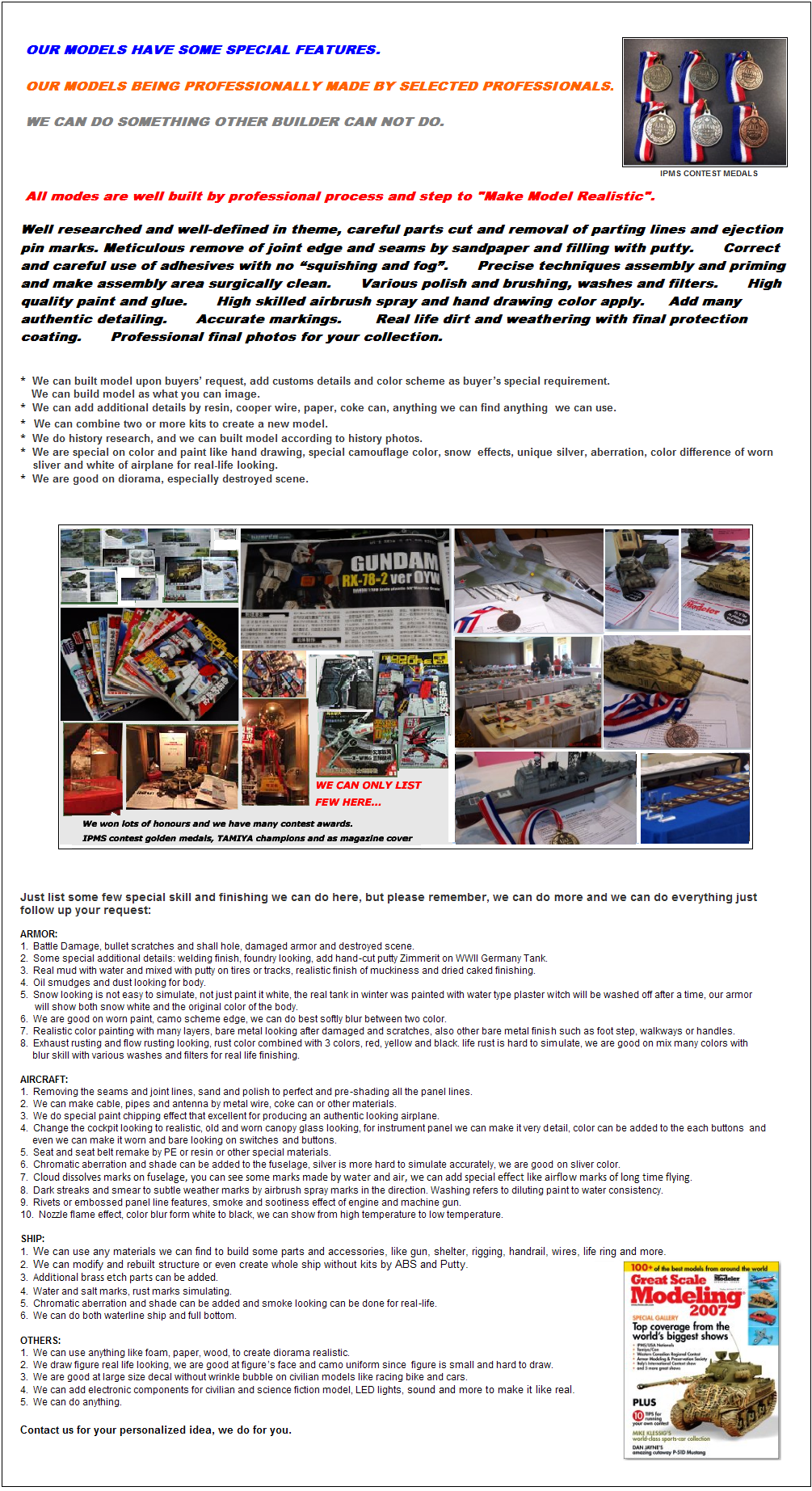
|
 |
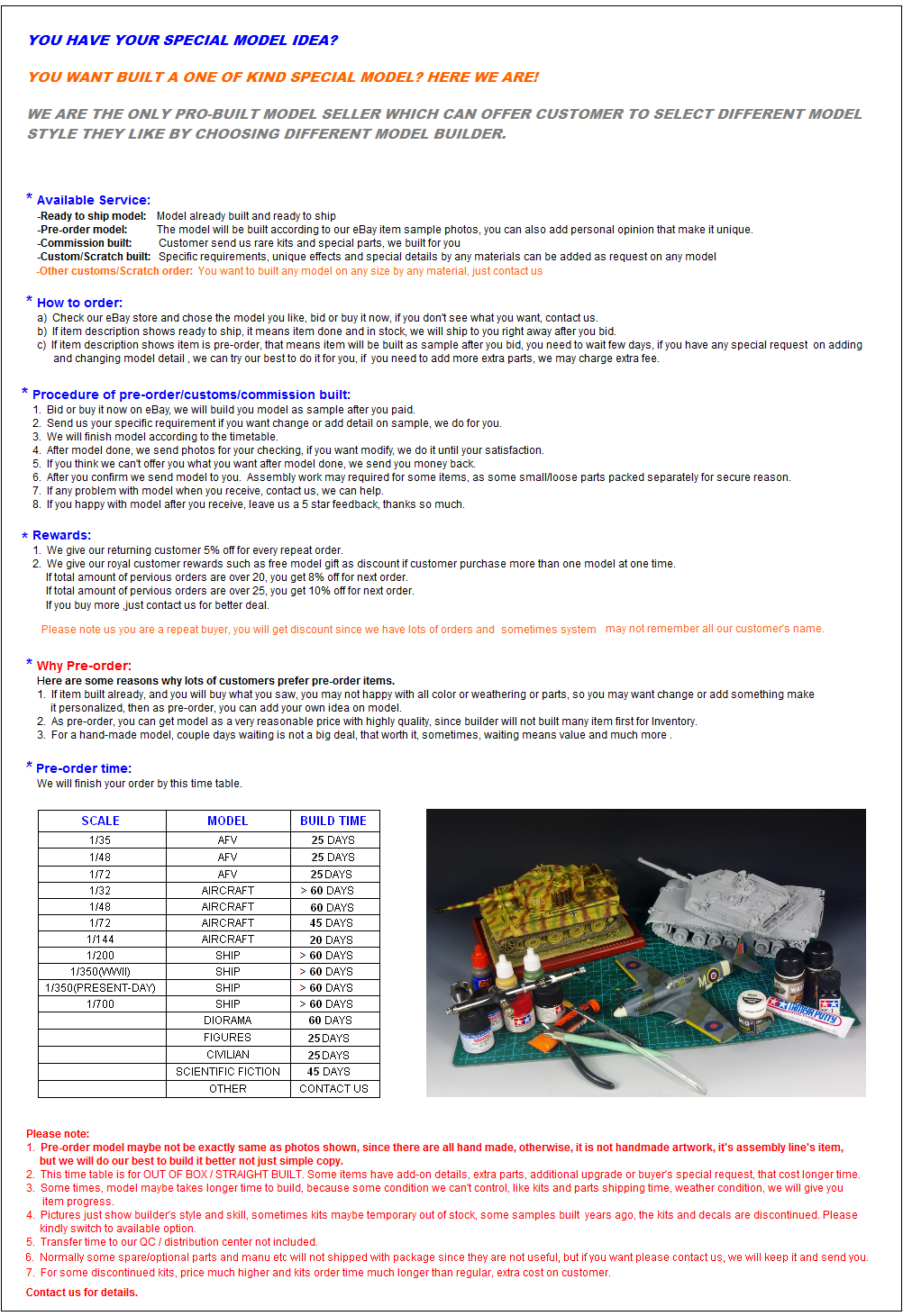 |
 |
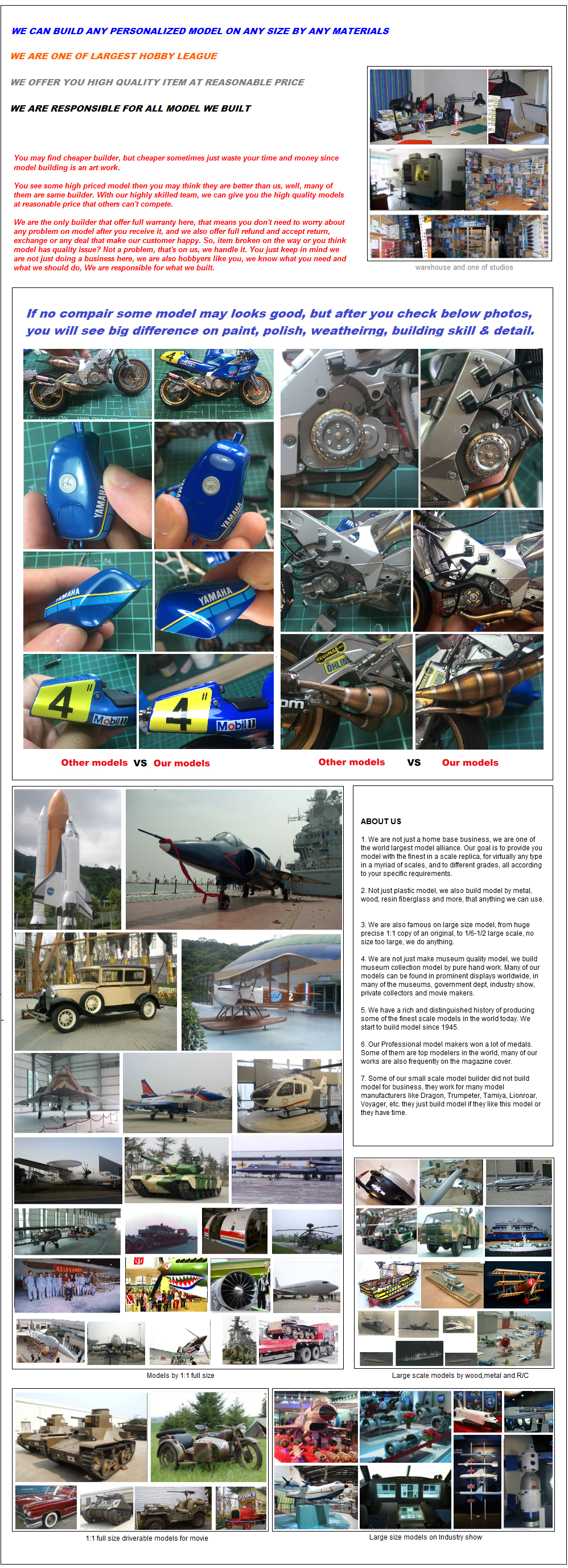 |
 |

|
 |
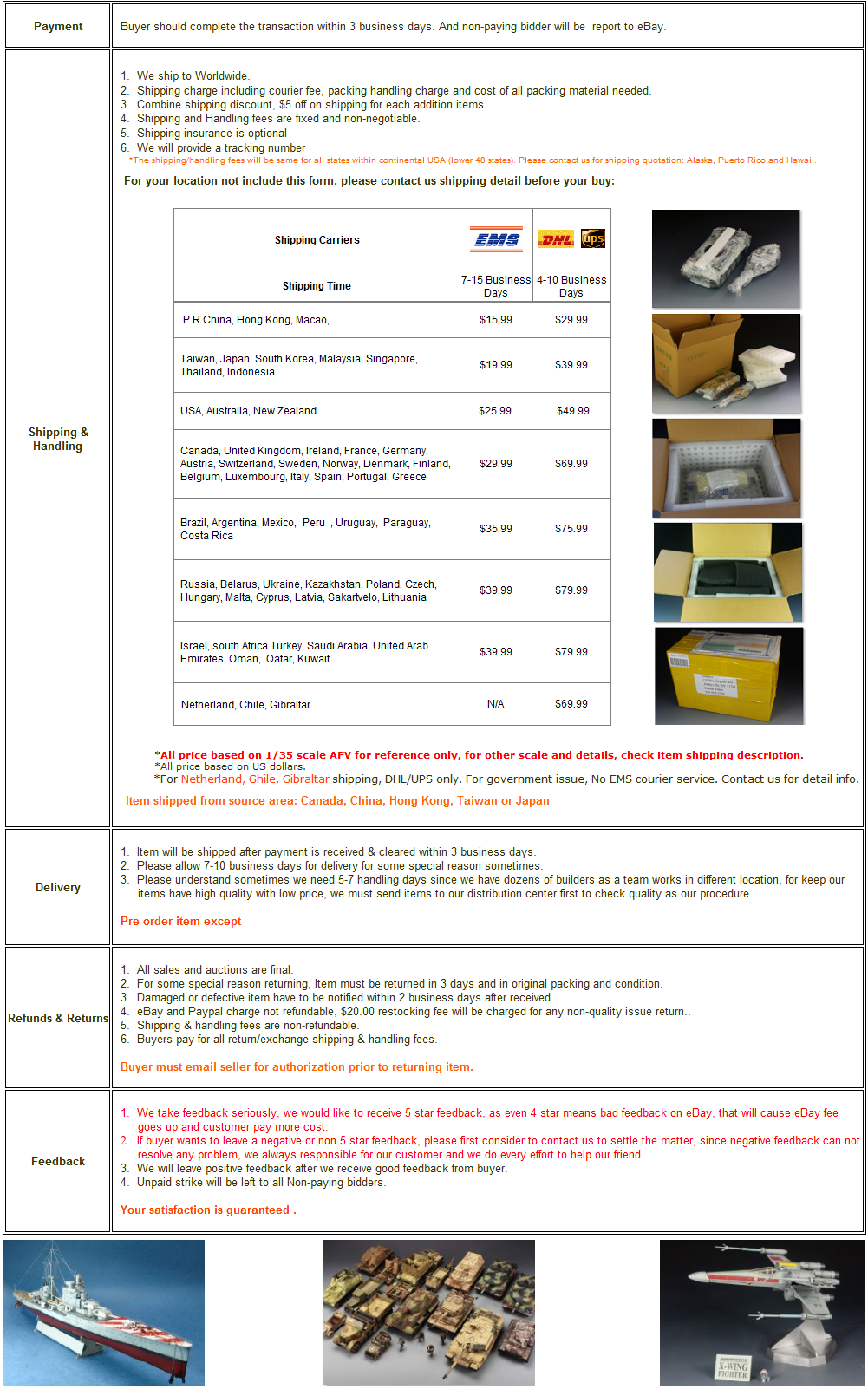
|
 |
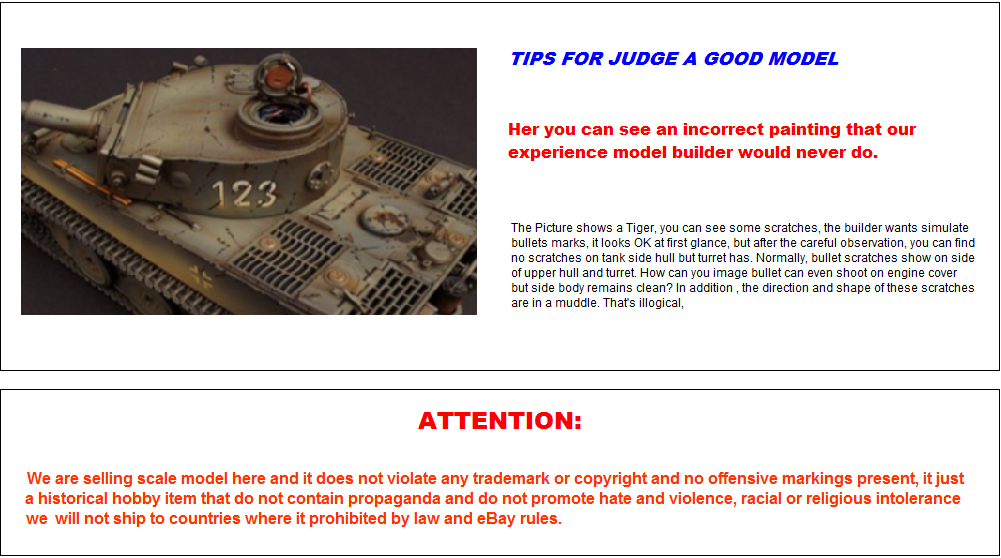
|
 | |